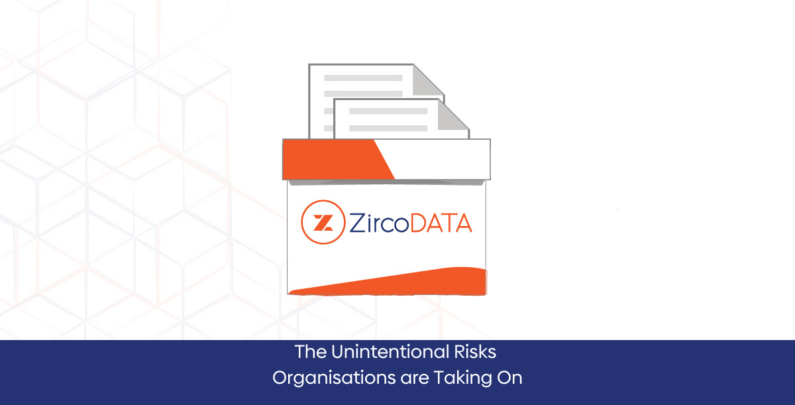
Unseen Employee Record Issues: The Unintentional Risks Organisations are Taking On
Keeping track of employee records can be a tough task, especially for businesses with staff spread out in different locations, such as retail, hospitality, manufacturing, and banking. Usually, finished paperwork is sent back to the main office, which can be time-consuming and expensive. Moreover, it’s safer than asking local managers to keep these files. Still, often, managers end up with copies of records that should be kept only by the Human Resources (HR) department, creating a “Shadow File”.
Why a Shadow File?
Why would managers make a Shadow File? You might have heard statements like these:
- “The main office keeps misplacing the paperwork I send, so I need a backup.”
- “HR takes too long to send the documents I need promptly, so I’ll keep my own copies.”
- “While evaluating, I prefer having training records and past evaluations at hand, so I’ll keep my own copies.”
While these might seem like excuses, it’s important to understand the reality.
Documents do get lost while being transported, sometimes due to a shipping error. Maybe the document was never packed or got mixed up with other paperwork. Perhaps HR is backlogged, and the document hasn’t been filed yet.
HR can take time to send document copies to managers. With paper records, they have to locate the record, make a copy, and then send it to the manager by fax, post, or email. These methods are neither fast nor secure for sharing records that may contain personal information.
It is practical for managers to have quick access to their team’s information for tasks like performance reviews or salary decisions.
The Right Way to Keep Employee Records
While Shadow Files might help managers work more efficiently, they increase costs and risks, as paper slows down the business. Proper management of employee records by HR is vital to prevent a security breach. Also, if employee records become evidence in a legal case, it can put the company at risk. However, managers should have easy access to the HR records they need.
So, how can we get rid of Shadow Files while catering to the needs of both HR and managers? The answer is to digitize employee files and use an automated HR document management system. This way, there’s no need for Shadow Files. With the right technology, both employees and managers can access documents as per HR-set rules. This also eliminates administrative tasks like shipping, filing, and copying documents. A modern HR document management system offers workflows, electronic forms, and electronic signatures, making it easier for everyone. Security and compliance also improve, with audit history reporting allowing HR to track document access and actions. Such auditing is virtually impossible with Shadow Files and maintaining a manual log of access is challenging enough for HR, let alone for a manager.
HR is responsible for keeping employee documents, but how can they do this if they don’t know what managers have in their files?
Shadow Files aren’t just an HR problem, though. They can cause significant damage to a company. Other business documents, like contracts, can also cause issues if there are duplicate copies. Using the wrong contract version could lead to missed service levels or incorrect renewal dates. Paperwork can create problems, especially in large companies or with scattered workforces. It makes processes costly, inefficient and risks security and compliance. In a fast-paced business environment, where efficiency is key, it’s time to move away from paper.
